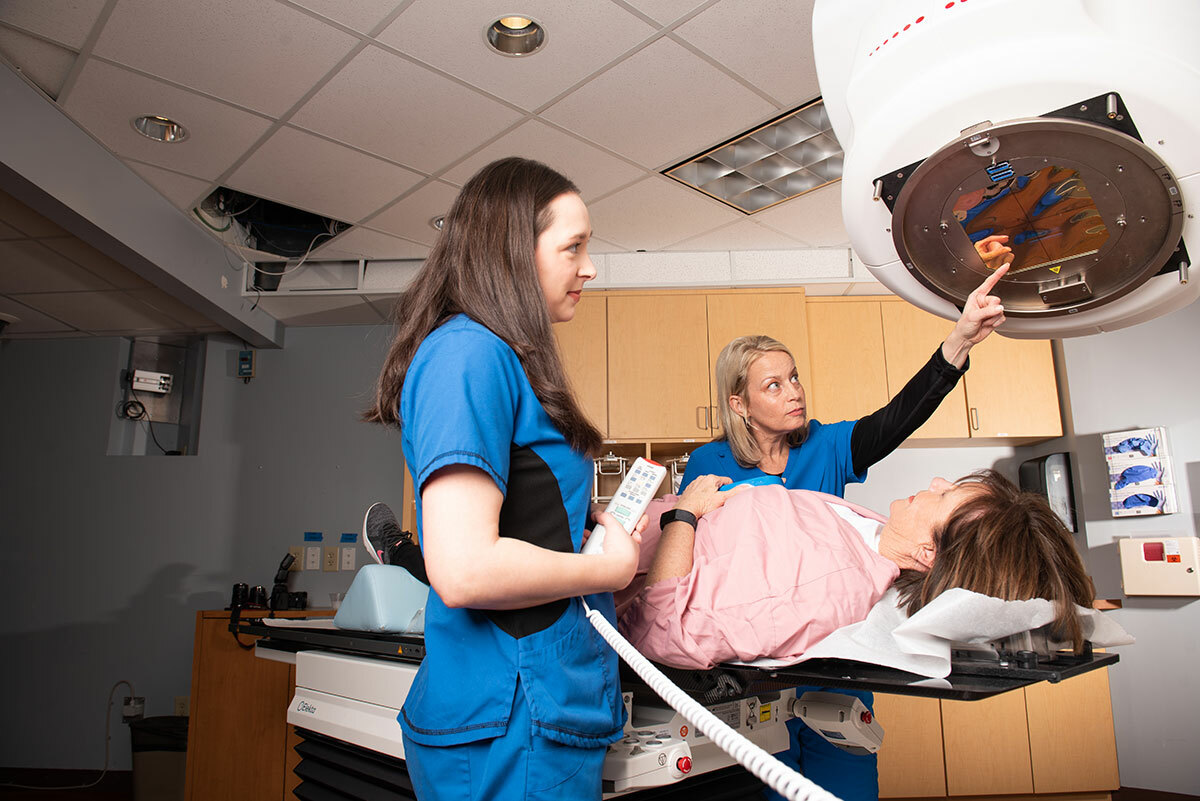Cervical cancer is a type of cancer that occurs in the cells of a woman’s cervix. The cervix connects the vagina (birth canal) to the upper part of the uterus. The uterus (or womb) is where a baby grows when a woman is pregnant.
Infection with certain types of human papillomavirus (HPV) is nearly always the primary cause of cervical cancer. HPV is a common virus that is passed from one person to another during sex. At least half of sexually active people will have HPV at some point in their lives, but few women will get cervical cancer.
Cervical cancer most often develops slowly over time. Before cancer appears in the cervix, the cells of the cervix go through changes known as dysplasia, in which abnormal cells begin to appear in the cervical tissue. As time goes on, the abnormal cells may become cancer cells and start to grow and spread more deeply into the cervix and to surrounding areas.
While any woman can be at risk for developing cervical cancer, it occurs most often in women over age 30. Fortunately, there is a highly effective screening test and cervical cancer preventative measures that can be used — something that’s not available for most other cancers. This means that there are better chances of cervical cancer being found early, making it easier to treat successfully.
Learn more below about what to look for and what types of treatments are available for cervical cancer.
If cervical cancer is found, it’s typically one of two different types:
Squamous cell carcinoma - This is the most common type of cervical cancer, with about 80% to 90% of all diagnoses in this category. These cancers start in the cells on the outer surface covering of the cervix.
Adenocarcinoma - This type of cervical cancer makes up about 10% to 20% of diagnoses. These cancers start in the glandular cells that line the lower birth canal.
The squamous and glandular cells meet at the opening of the cervix at the squamocolumnar junction, which is the location at which most cervical cancers start. Because of the Pap test used for screening, gynecologists often find precancerous cells on the cervix's surface that are treated in a different process not discussed in this section.

For many women, a diagnosis of cervical cancer comes without warning since, in its earliest stages, there may be no signs or symptoms that something is wrong. Some early signs of cervical cancer could be:
Unusual vaginal bleeding that may occur in between periods, after intercourse, or after menopause
Unusual vaginal discharge that may contain blood and occur between periods or after menopause
Pelvic pain
Pain during sexual intercourse
More advanced cervical cancer symptoms can include:
Swelling of the legs
Problems urinating or having a bowel movement
Blood in the urine
Schedule a doctor’s appointment if any of these symptoms arise. If found and treated early, cervical cancer can often be cured.
Quickly and efficiently build the materials you need to support your inbound marketing strategy. Drag and drop building blocks including testimonials, forms, calls-to-action, and more.